Editor’s notes: This summer, the School of International Education at Tianjin University organized an activity with the theme of Understanding China. They arranged a trip to the Ningxia Hui Autonomous Region for 25 international students from 13 different countries. The week-long trip had a profound impact on all the student participants, and many of them took the time to reflect on their experiences. In this article, we are excited to share a few of their trip reflections with our readers. The article has been edited for clarity.
It was a trip organized by the School of International Education (SIE) of Tianjin University. It was a nice and well organized trip in which I learned a lot about Chinese history and culture in Ningxia as well as many general information about China. During these days we moved between many cities of the province, starting from the provincail capital Yinchuan, then the city of Guyuan, and then to the city of Zhongwei, and ending with Yinchuan again. The trip was about six days from July 7, 2023 until July 22, 2023. I can describe this trip in the following sentence “A lot of knowledge and a lot of fun”, and I want to introduce the places we visited during the trip.
Northwest Farming Museum
The Northwest Farming Museum is a museum located in Guyuan city .The museum has various exhibits that give a great idea about traditional farming practices, tools, and techniques that have been used in this region for centuries. It shows the importance of agriculture in the local economy and how it has shaped the lives of people living in this area. I explored different farming equipment, ancient farming tools, and artifacts related to agriculture.
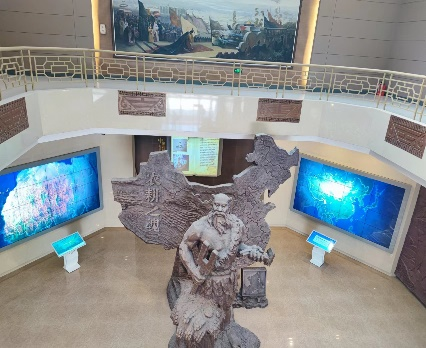
As recorded, the simple farming appeared originally along the yellow river basin and cropping started afterward. At the time, crops like maize, broomcorn millet were mainly grown. Traditionally animals (named nowadays as pig, cattle, sheep, horse chicken and dog) were domesticated and raised as well. I noticed that there are some agricultural tools that are also used in my country and are still used today.
We also visited a section that tells the history of the Great Wall of China in that region.
Shapotou Scenic spot
The Shapotou Scenic Spot is located in Zhongwei, Ningxia, China. The scenic spot is known for its sand dunes, which are constantly moving due to wind and sand storms. One of the attractive things I really like in the Shapotou Scenic Spot is the Yellow River Cable way, which offers stunning views of the Yellow River and the surrounding desert. The cable way provides a unique perspective of this natural landscape.
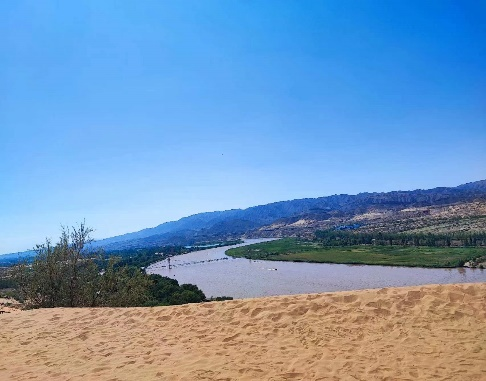
The Qingtongxia Yellow River Grand Canyon
It is a natural wonder famous for its stunning landscape and historical significance. We explored the canyon by taking a sightseeing cruise along the river. I enjoyed panoramic views of the majestic surroundings.
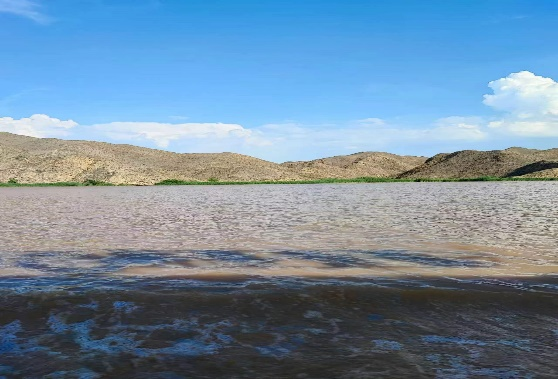
Shuidonggou
Shuidonggou region is the holly land which was inhabited by early human beings 40,000 years ago. In 1924, French paleontologists Pierre Teihard de Chardin and Emile Licent discovered the Shuidongou Paleolithic site yielding abundant stone tools and fossils. We moved around the museum and saw many historical relics in that area. We also visited the Great Wall there.
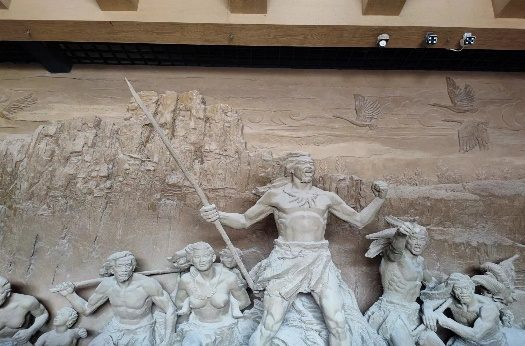
West Film City
It is one of the largest film and television production and shooting bases in Northwest China. I really enjoyed multiple studios, outdoor sets, and production workshops equipped with cutting-edge technology and equipment. The place also includes theaters, exhibition halls, and museums that showcase the history and development of Chinese cinema. There were many activities that the visitor could enjoy experiencing.
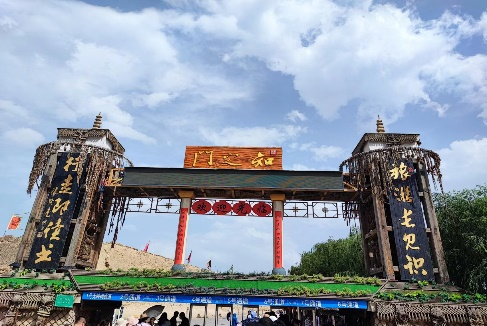
Sand Lake Scenic Spot
Located in the northeastern part of Ningxia, I was amazed by the view of the vast lake surrounded by beautiful sand dunes. I spent most of the time in the area sitting near the lake looking at the beauty of the sky and the mountains surrounding the area from a distance. Its beauty is beyond words. I have never seen anything like it before in my life.
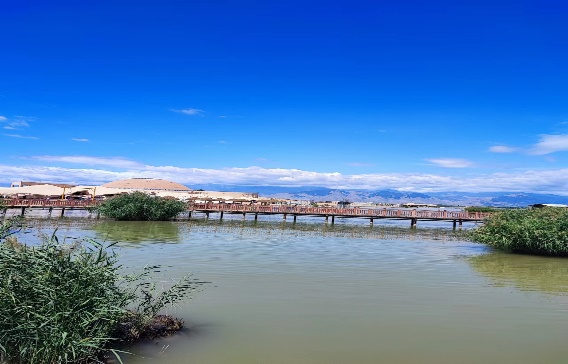
Helan Mountain Rock Painting Site
The site is nestled within the Helan Mountains, which stretch for about 200 kilometers. The rock paintings dated back as far as 6,000 years. I explored the well-preserved rock paintings, marveling at their intricate details and historical significance. The Helan Mountain Rock Painting Site is not only an important archaeological site but also a fascinating attraction for those interested in ancient art and culture.
Western Xia Imperial Tombs
The Western Xia Imperial Tombs are a historical and cultural site located in Yinchuan, Ningxia. This massive complex is the final resting place for emperors, empresses, and other royal family members of the Western Xia dynasty in China history, which ruled over the region from the 11th to the 13th century. At the beginning of the visit, we watched a 3D film summarizing the life of the royal family in Xia Dynasty and then we took a full tour around the region, where we saw the most famous tomb which is the Great Tangut King Mausoleum. It stands out with its grand size and intricate carvings.
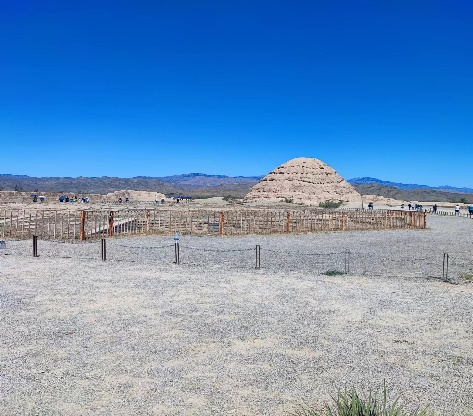
Ningxia Museum
It is dedicated to preserving and displaying the rich cultural and historical heritage of Ningxia. In this museum with the help and guidance of the tour guide, we explored the museum's various exhibition halls, which cover topics such as the history of Ningxia, the Silk Road, China’s ethnic minorities, and folk customs.
Ningxia Modern Library
Ningxia Modern Library is a contemporary library located in Yinchuan, Ningxia. It serves as a hub for knowledge and information, offering a wide range of resources, including books, periodicals, audiovisual materials, and digital media. During the visit, I noticed that there were many people of different age groups reading different books, and this indicates the interest of the Chinese people in science and reading.
I got to know many brothers and sisters who were with me on this trip and they were from different countries. It was a happy opportunity to also learn about their own culture.
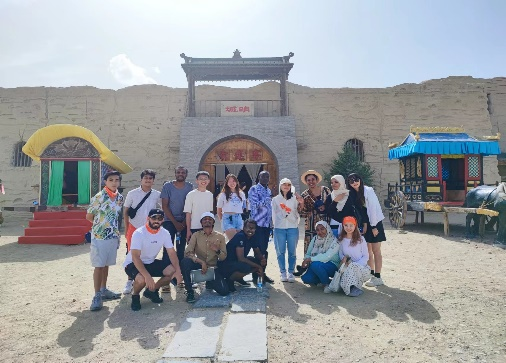
I was also touched by all the kindness of the teachers accompanying us on this trip and they were keen on our safety. I would like to thank all the SIE members for their great coordination and great effort to make this trip a success until the end.
By RUAA ABDALLA IBRAHIM SULIMAN from Sudan, a graduate student at the School of Pharmaceutical Science and Technology
Editor: Eva Yin






